Bows and Arrows of Ancient Gorgippia
About the bows and arrows of ancient Gorgippia, the story will be based on photos, because it’s better to see than to read a hundred times. In the archaeological museum of Anapa, a large number of grave steles are exhibited. And on all of them we see almost the same story - a person in Greek clothes (that the Greeks are, they say, and inscriptions made on them), but with a bow and arrow in the fire clearly of the Scythian pattern.
Many years have passed since then, but every time I visit Anapa, I want to travel through, I definitely go to these excavations and ... I see that every year they look no older, but younger, that is, time goes there in the opposite direction. The building of the museum is also growing, and there are more and more finds. Well, this time I was not deceived either - the museum met me with a modern exposition design, no worse than abroad, but the remnants of city houses, as before, pleased with their good appearance and ... with their layout that remained unchanged from those distant days.
And this is what the Anapa city beach looks like today. To whom how, but I personally do not like such an abundance of people. In addition, it is unlikely that all these citizens go to recover in the toilets ...
Well, it can be said that we are quite lucky with regard to monuments of ancient ancient culture, because there are a lot of ancient cities - Greek colonies in the territory of the Russian Federation. Many interesting finds. And it is not surprising, because after all, the same Gorgippia existed for about ten centuries. Until Gorgippia, people also lived here (the place is very convenient), belonging to the Sindi tribe, and therefore the place was called Sindskaya harbor.
Such wells were in many houses of ancient Gorgippia.
And this is what the excavations themselves look like, and it’s very unfortunate that they are, in general, so small in size.
The Greeks came later, built not one, but many cities - the same city-states, like those that they left in their homeland, but which later, namely in the IV c. BC, united in one state - the Kingdom of the Bosporus. Well, the Sindh Harbor was renamed in honor of King Gorgipp’s brother, who was appointed governor here. The city became so successful that it even had the right to mint its own coin - a silver drachma, and for this it was necessary to have not only silver, but also the corresponding income.
Unfortunately, all that remains of the then Gorgippia today covers an area of only about two hectares, on which were found the remains of the foundations of ancient quarters, dating back to the 2nd and 3rd centuries. AD, the pavement between them, the wells, the winery, the remains of fortifications, as well as columns, sarcophagi and numerous tombstones made of marble. Most of the city is hidden under the foundations of modern Anapa, and to get to it, you need to tear it down to the ground, which, of course, is impossible.
A piece of wall labeled.
And here is its translation.
So, archaeologists have to be content with excavating on the ground bookmarks of high-rise buildings and laying communications, and most likely, the most interesting finds still lie in the ground (this again to the question of massive fakes of ancient artifacts) and are unlikely to be mined .
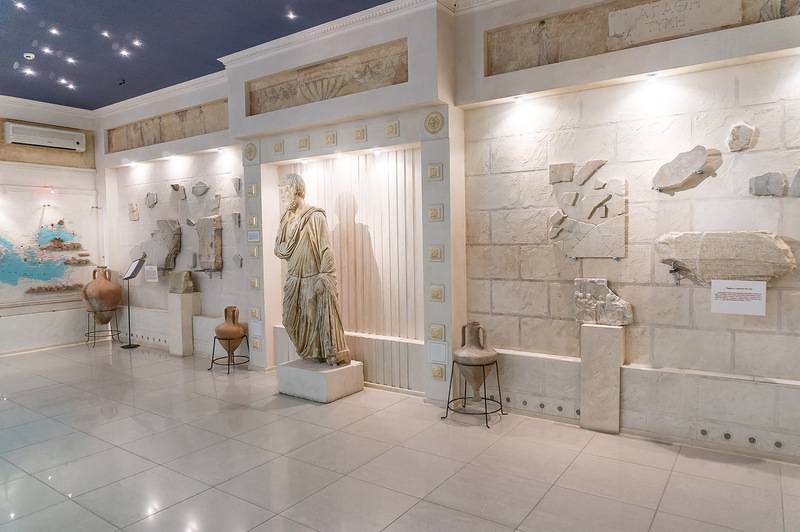
In the main room of the museum: everything is very modern and clear.
However, on any Gorgippia, like other Greek cities, was not too large - it is believed that its area did not exceed 38 ha (0,38 km. Square.), And its main street was only about eight meters wide. She walked parallel to the coast and came close to the city gates, and already further it was the usual trampled dirt road. But in the city streets were paved. First, they were bridged with cobblestone and fragments of broken pottery, and then, in the I-III centuries. AD, the pavement was laid out with huge flat stones laid on layers of clay and rubble. And the cover turned out to be so durable that even the dump trucks, which carried the earth from the excavations, did not cause him any harm!
Well, just a bed. On it lay and ... ate!
Of course, by our standards, people in this city lived quite primitively. But ... they did not shy away from comfort, although they lived quite simply, and even to know. The houses of the nobility in the center of the city were low, no more than two floors, and usually consisted of three or four rooms. At the same time, the ground floor was occupied by shops and workshops, and the living rooms were at the top. But each house had an impressive basement size, where amphoras with wine, grain and olive oil were kept.
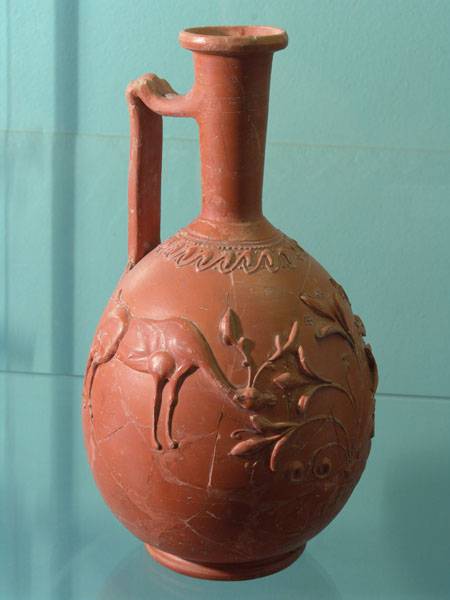
Laginos I century AD
The city had running water and storm sewers, discovered during excavations, and consisted of canals that ran along the streets, and slop wells, in which the water was cleared of debris and only after that merged into the sea. Fish tanks, where they kept live fish, were also found here, with pressure rooms where wine was made, and in them were containers around 6 t; ceramic kilns; and even traces of metallurgical production.
Typical house of a resident of Gorgippia. It was heated by braziers with coal (they were found), a wooden staircase went to the basement, and clay containers for supplies were stored there.
Again, during construction in the 70s of the last century, a unique monument of ancient culture was found in Anapa - a painted tomb called the “Crypt of Hercules”. It was located in the rocky ground a meter from the earth's surface, the walls and the ceiling were made of stone blocks. True, the tomb was robbed, but in it preserved unique wall murals depicting all 12 feats of Hercules and sarcophagi, which ancient thieves turned out to be simply unable to carry away. However, even the then omniscient thieves did not get to all the burials. After all, next to the “Crypt of Hercules”, archaeologists found another tomb with two sarcophagi, which was not robbed. In the first of the sarcophagi a man was buried, and in the second - two girls. Moreover, gold jewelry and other decorative funerary objects found in both sarcophagi and other sarcophagi indicate their high social status.
A piece of painting from the "Crypt of Hercules". Pay attention to the characteristic image of the bow in his gear.
In Gorgippia, many brooches were found - brooches fastening the cloaks of the townspeople. Interestingly, from the 120 found brooches of Roman time, five belong to the provincial Roman samples, one enamelled from Gaul, the rest of the local production. That is, the trade ties of that time were very close. After all, where is Gaul, and where - Gorgippia. Signet rings are also quite interesting. It was found by spectral analysis that they were brought into Bosporus and Gorgippia from ... Egypt, but they were used as personal signs, with documents printed on papyrus and parchment held together by imprints of such rings.
Here they are - ancient brooches, rings, buckles, bracelets. People of that time loved to adorn themselves. In this they have not changed.
About the death of the city historical no evidence has survived. At first he was in the II century. AD came under the rule of Rome, and then the city was destroyed in a fire sometime after 238. First, the Goths came here, then the Huns, so there was simply no way for the civilized townspeople to live in these places!
Akinaki and psaly - finds that indicate that the inhabitants of the city had to fight a lot. Moreover, to fight not in the infantry, but in cavalry.
Akinak and metal belt.
And then a whole arsenal, and in one scale.
However, I must say that we know much more about Gorgippia than about many cities of antiquity, primarily because the historian Pausanias in his “Description of Hellas” in the 11 book described it in detail and, most importantly, it was his description relating to the II. AD, reached our days. In it, Pausanias writes that the Hellen, who came from Egypt (Why from Egypt? Yes, because from there came the main flow of grain at the time, he was the breadbasket of Rome.), This city would have made an impression.
However, they not only fought, but also traded. Here, for example, hydria - a ceramic vessel for water, most likely, was made in Attica in the III c. BC.
He reports that the main street of the city runs from west to east and runs along the sea, from the western city gates to the agora. The street, in his opinion, was wide, no less than 18 elbows (one elbow - 40-50, see), and the whole is covered with huge stone slabs, up to three cubits long, and also completely new. They lay on a thick layer of bedding and tamping (all the way the excavations showed!), And in some places under them are old pavements. Under the slabs of the new pavements there are drains that connect to the catchment wells ... That is, he did not invent this, and they all found it!
North of the main street, also along the coast, passes another elbow width 8-9. And both of these streets intersect with transverse streets having the width of 10-16 elbows, so that the city is divided into regular squares, each has a side along 100 elbows. Walls of houses facing the streets have at least 20 elbows. The roofs of the houses are tiled. At the same time, Pausanias adds that part of the tile was obviously brought from Sinope, that is, from a Greek colony on the Black Sea coast of modern Turkey).
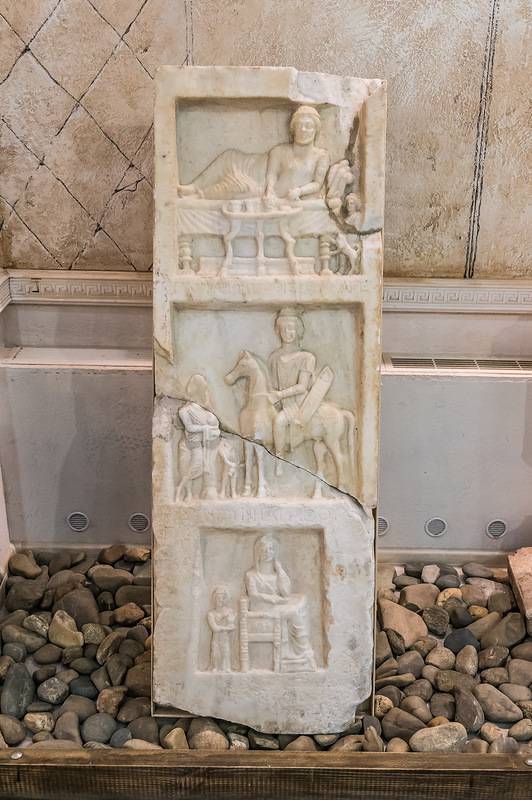
We see the same bed and the feast scene on the funeral stela.
In the courtyard of each house there is either a well or a plastered tank for collecting rainwater, which flows there from the roof of the house. In the house itself there is a huge (!) Basement with a stone staircase (and yes, it was these cellars that were best preserved).
From the courtyards there are canals of drains, carefully made from treated stone slabs with a gutter. The courtyards are either paved with stone slabs or sea pebbles, in the rooms they are earthen with clay plasters, and the walls are plastered and mostly painted, which indicates the artistic taste of the then Gorgippians.
“... Houses built by the Romans are large and thick walls and, as a rule, contain terms. One building of the Roman barracks is located in the center of the city, the other at the east gate ... "
“... During my stay in Gorgippia, I saw the construction of new temples. The theater was also rebuilt, now it was adjusted to the simple tastes of the Romans, which means that it had to be suitable for gladiatorial fights. At the entrance to the Agora, a court building and a gymnasium are open. From the statues, my attention was attracted by the huge statue of Athena, the patroness of Hercules. As they explained to me, this is the work of Gipatodor, made by him for the 102-th Olympic Games and bought out from Mithridates megalopians especially for their border town of Gorgipee ... "
"... In the same place, I saw a stele, where the names of young men who have won the annual run competitions dedicated to the beloved god and patron of the Gorgippians, Hermes, are already carved 300 for years ..."
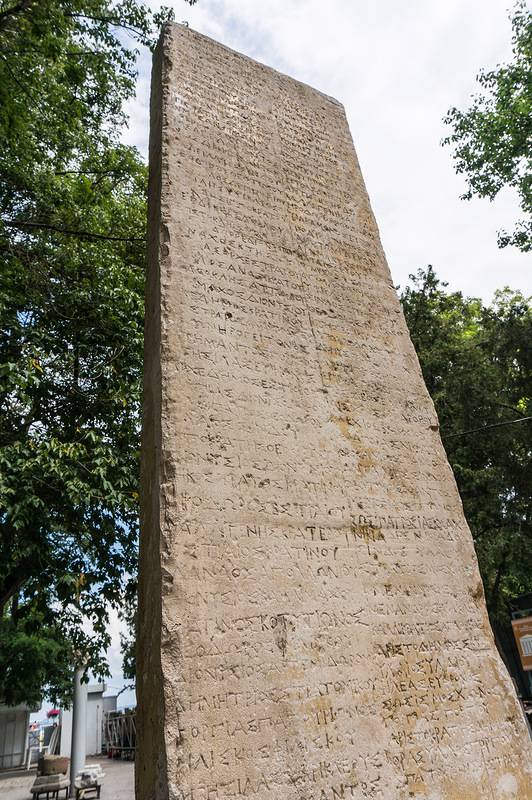
Here it is - this stela! Well, just asking for stamps, coins, postcards ... the emblem of the already new "Hermes Games", organized with a true Russian scale and hospitality! And to each winner, besides the medal, there is also a copy of a vessel from Gorgippia filled with local honey and a wooden keg with kvass! It’s time to press Coca-Cola ...
Here is how! It turns out that in the lands of our modern Russian Federation, for at least 300 years, ancient sports competitions were held, somewhat similar to the Olympic Games, and ... why don't we even revive them? However, in the museum I was told that such games in Anapa had already been held, and athletes from Greece and Cyprus came to them. Now we can talk only about the fact that this initiative is not sunk into oblivion, and these competitions from year to year would gain strength and popularity. Well, and since they were dedicated to God Hermes, the patron of trade, they should be given under the patronage of trading corporations, and ... it is also a good idea to make money from advertising! Everything, you know, comes up against money, because in order to get it, you must first invest rationally with them, and, of course, the right PR - well, without that ?!
It is indicative that, judging by the images on the tombstones, the bows of the inhabitants of Gorgippia were small in size and were always worn on the left.
One of the slabs depicts a horse archer at the top and horses at the bottom. Apparently, horse breeding was an important branch of the economy of the ancient Gorgippians, and how could it have been otherwise. After all, they lived surrounded by nomads.
And after all on all stelah not warriors are represented. They have no armor, but everyone has bows. Obviously, the bow for the inhabitants of the city was something of a modern pistol. Once sat on a horse, then how without a bow? Even if you just went to your country house!
In conclusion, I can not say that before, arriving in Anapa, I always went to the so-called High Coast and looked from its cliff to the sea. After all, this precipice was there, and when one could see Greek ships sailing to the harbor of Gorgippia in the sea, life was in full swing here, even if it was “very own”, and where is the “time machine” to see it all ?
Fastening bowstrings on the bow. Judging by the images, the bows of the Gorgippians were small in size, which means that they were compound bows, similar to the bows of the Scythians. And, therefore, they either knew how to make them themselves, or the Scythians sold them to them.
The arrowheads found during the excavations are all very similar and ... very small. Approximately the size of a bullet caliber 5,45-mm. Vululent, made of bronze (casting), and have three sharp-edged ribs with a reverse tip, in order to pull out such a tip was impossible. Judging by the size, their shafts were thin and not heavy, most likely from reed. At close range, it was truly terrible and, moreover, not burdensome. weapon!
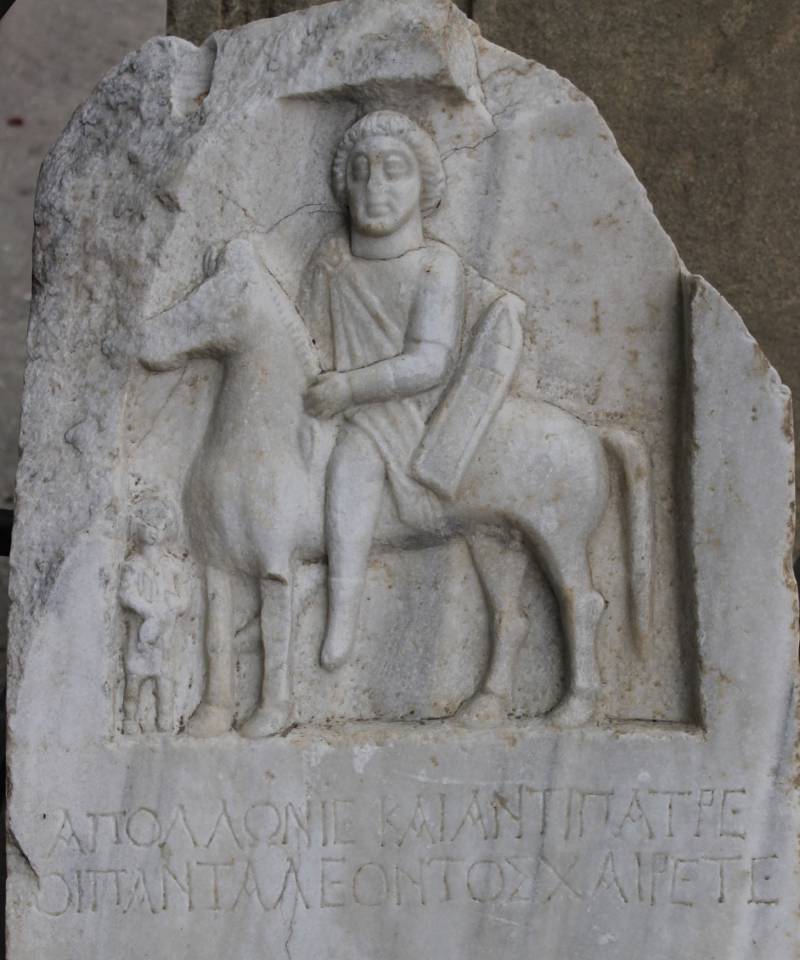
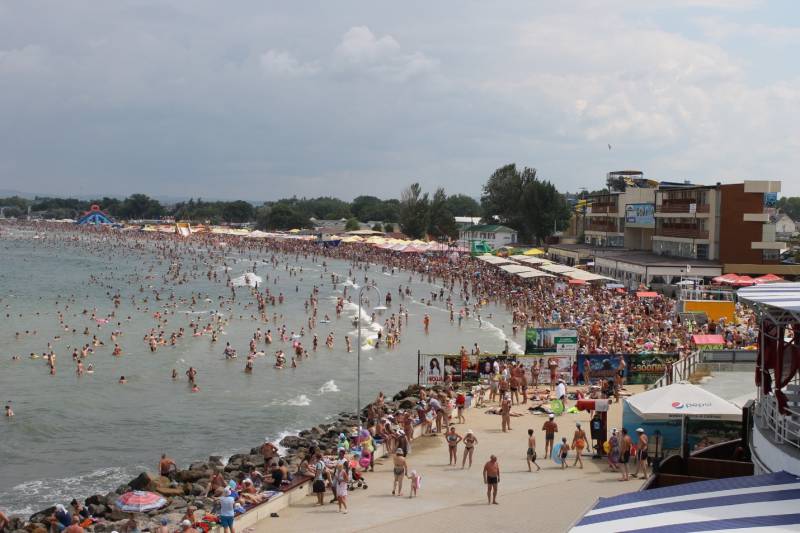
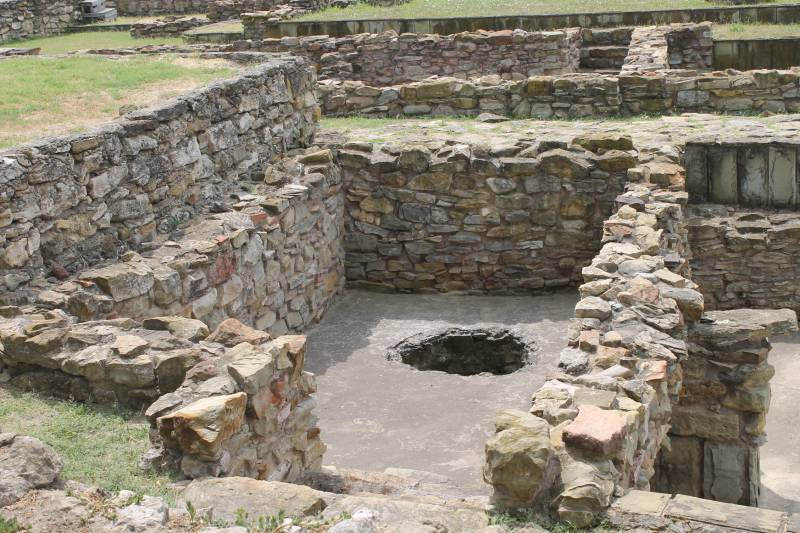
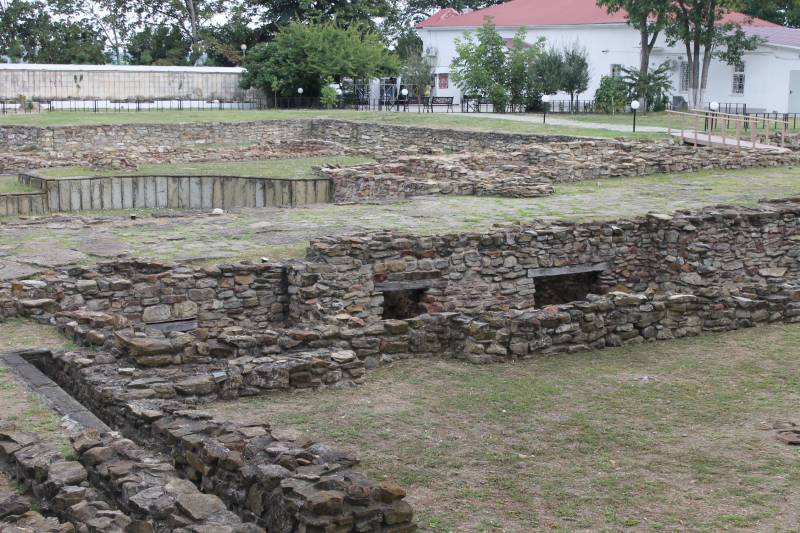
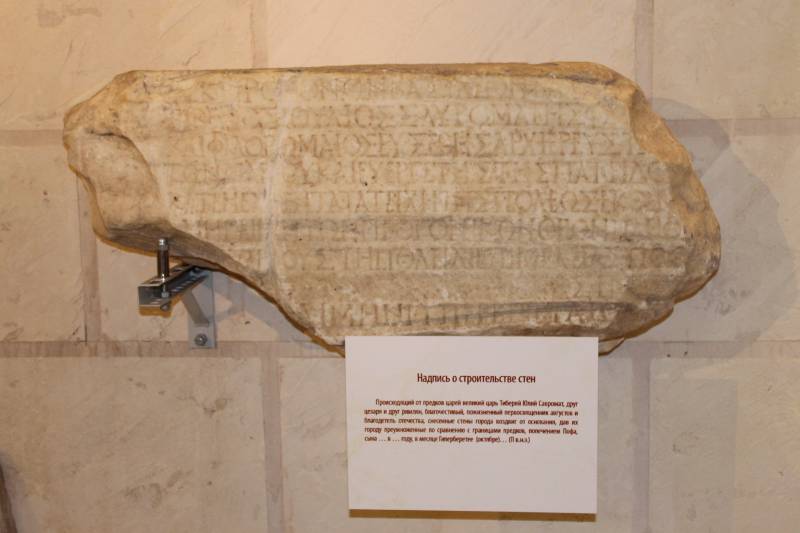
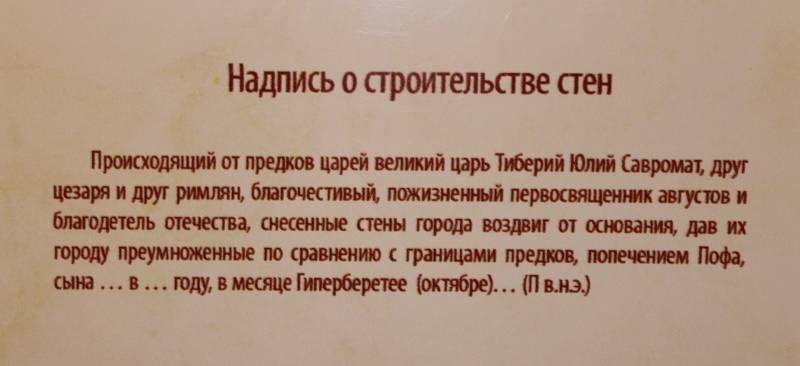
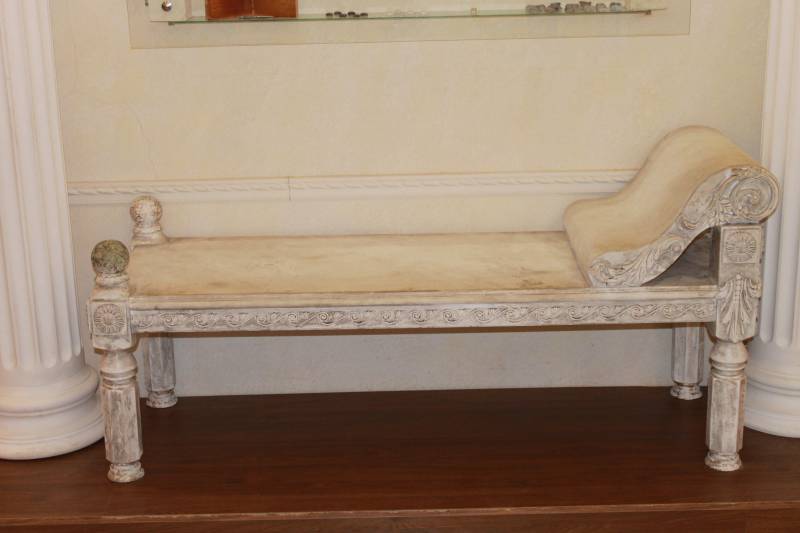
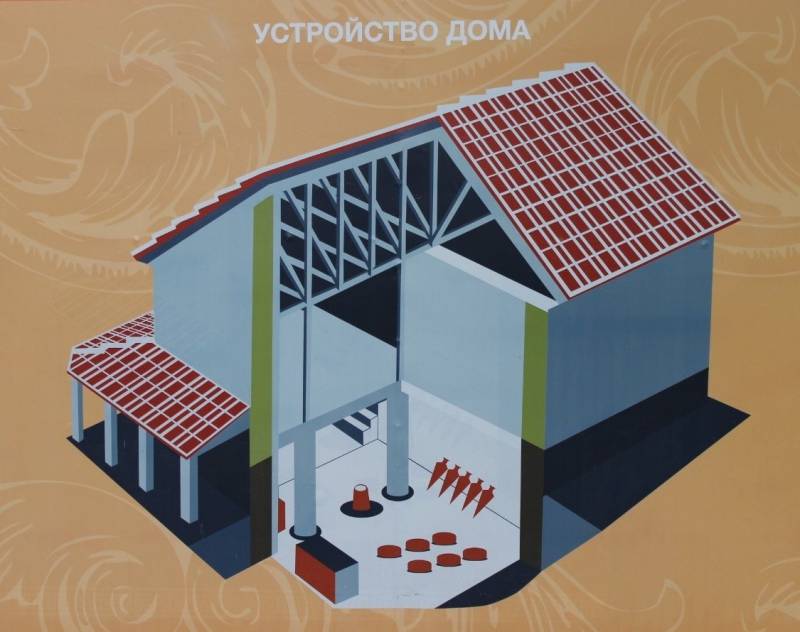
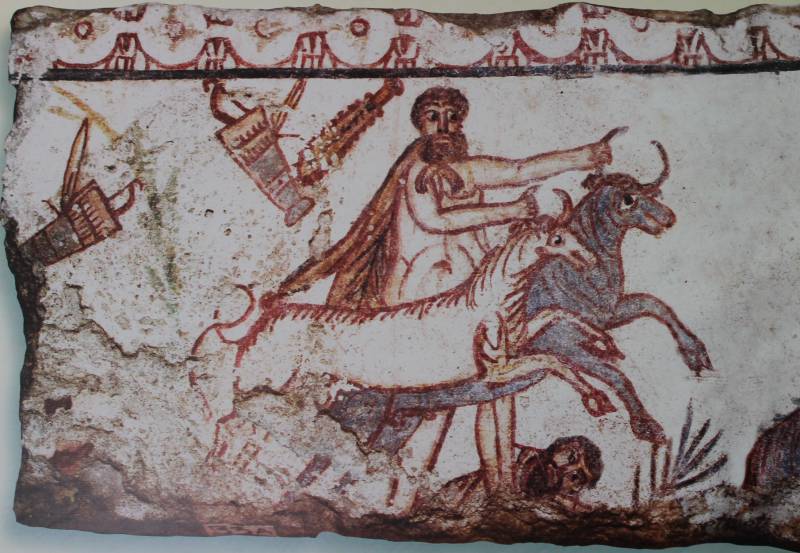
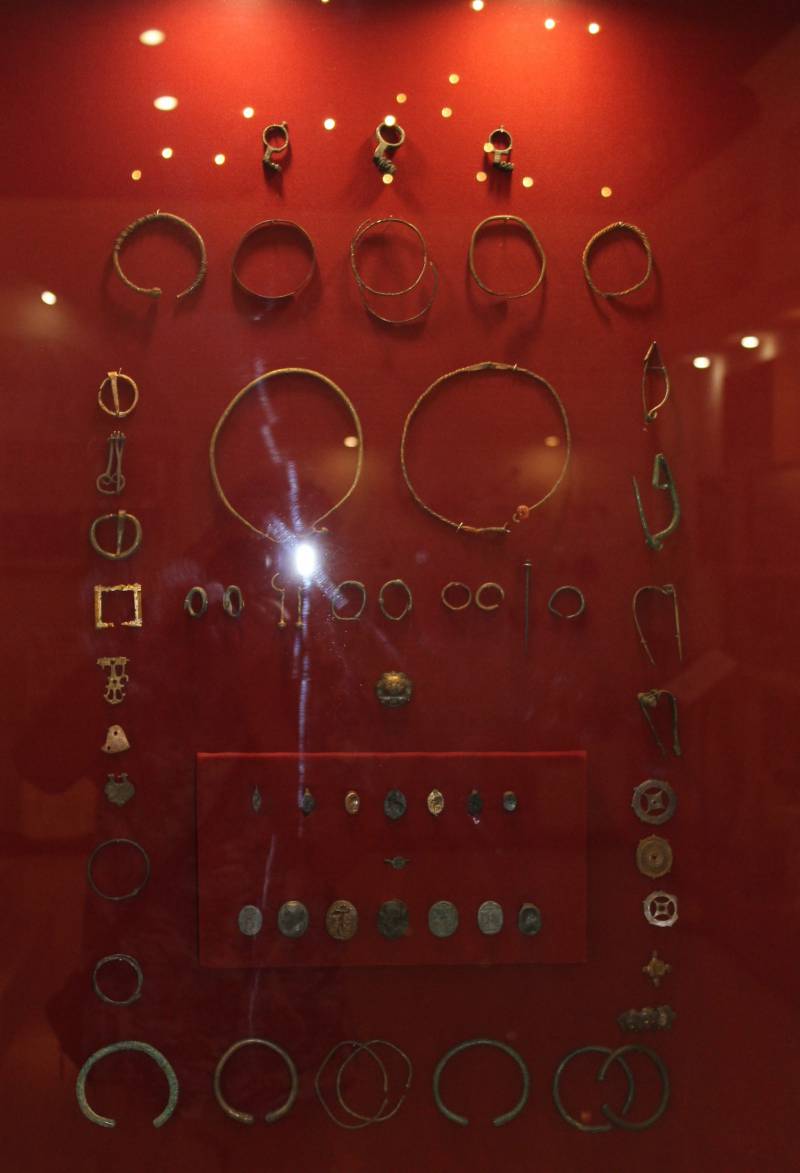
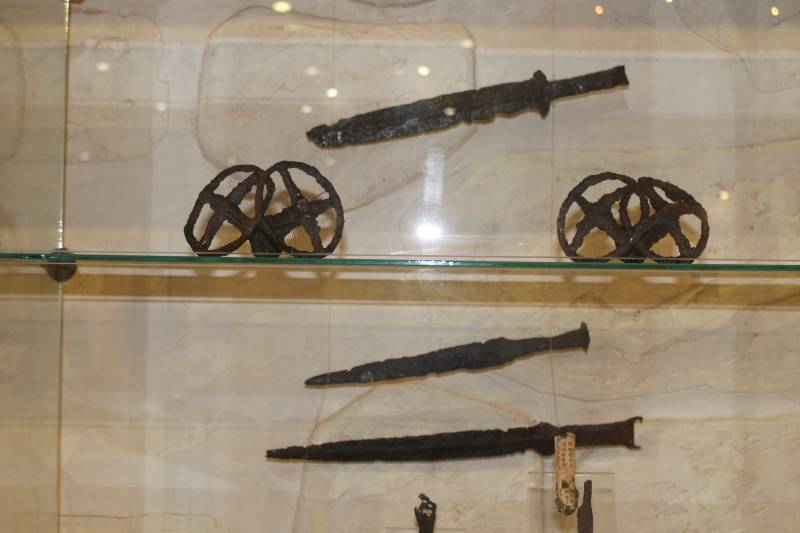
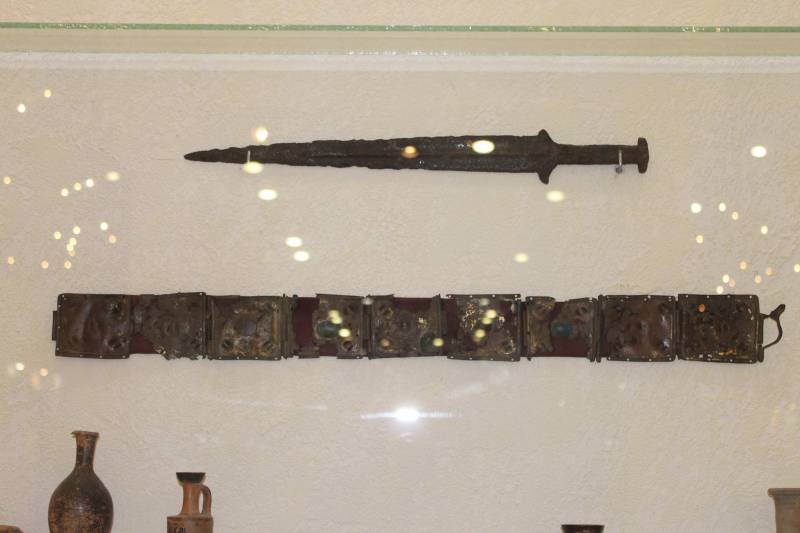
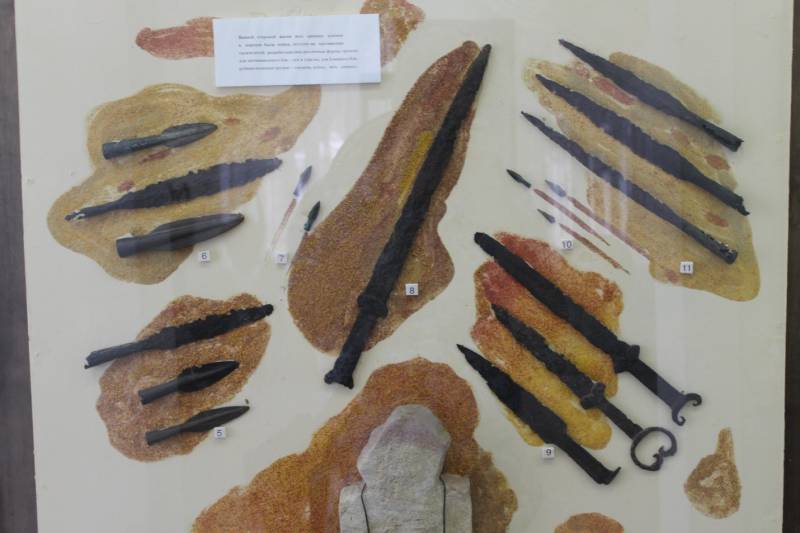
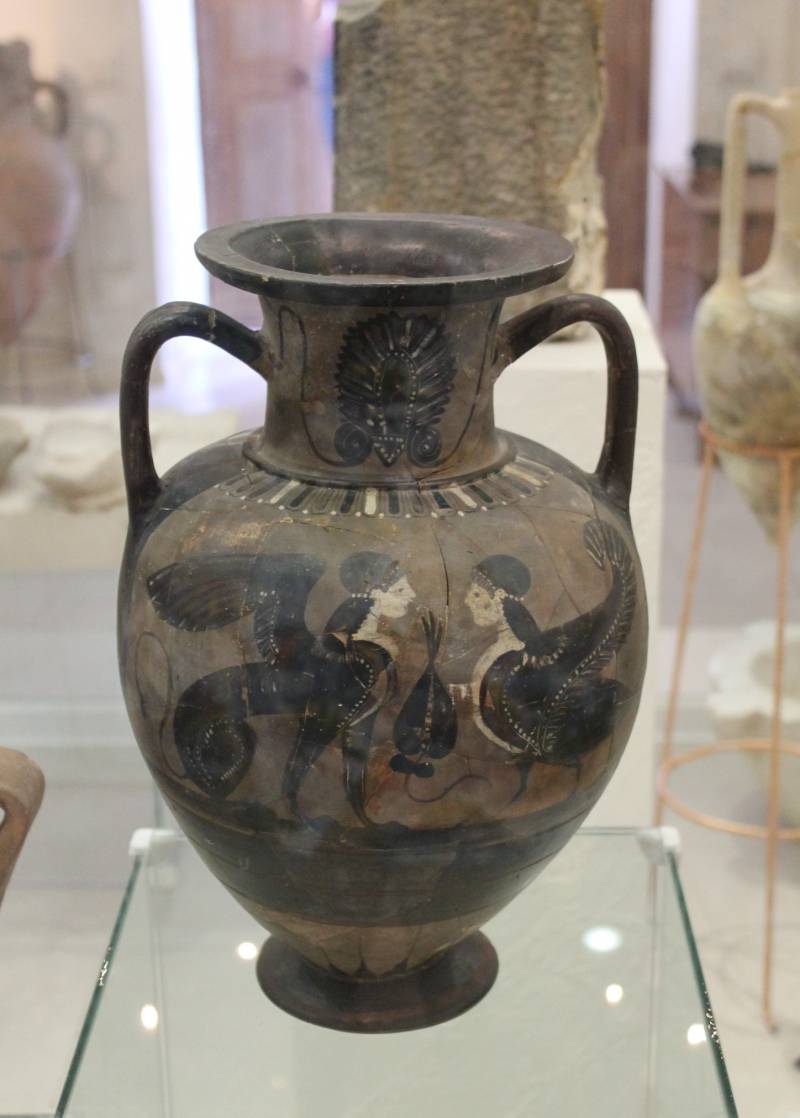
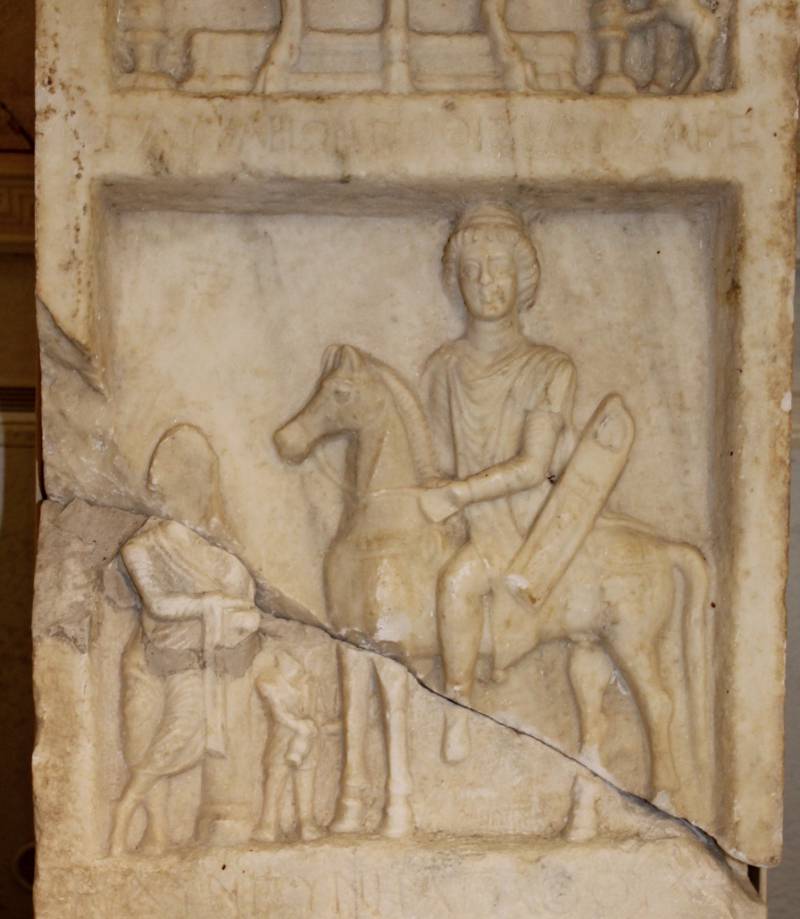
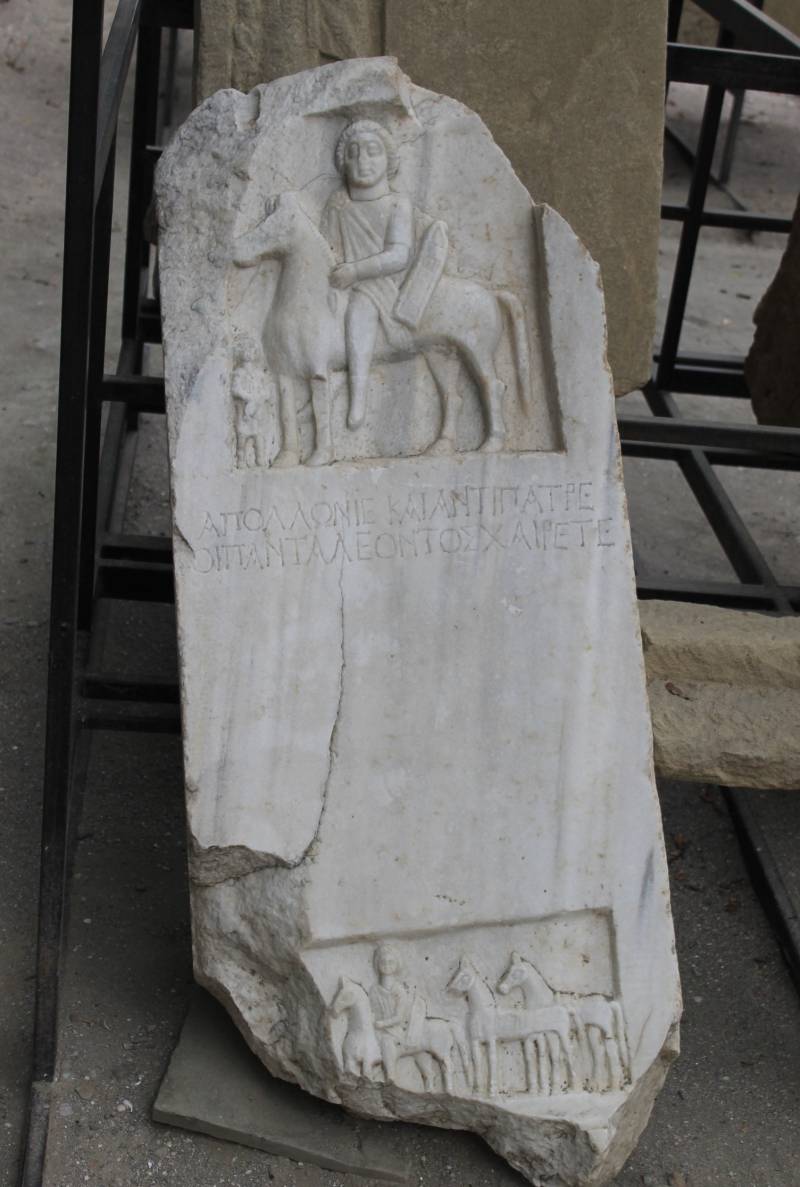
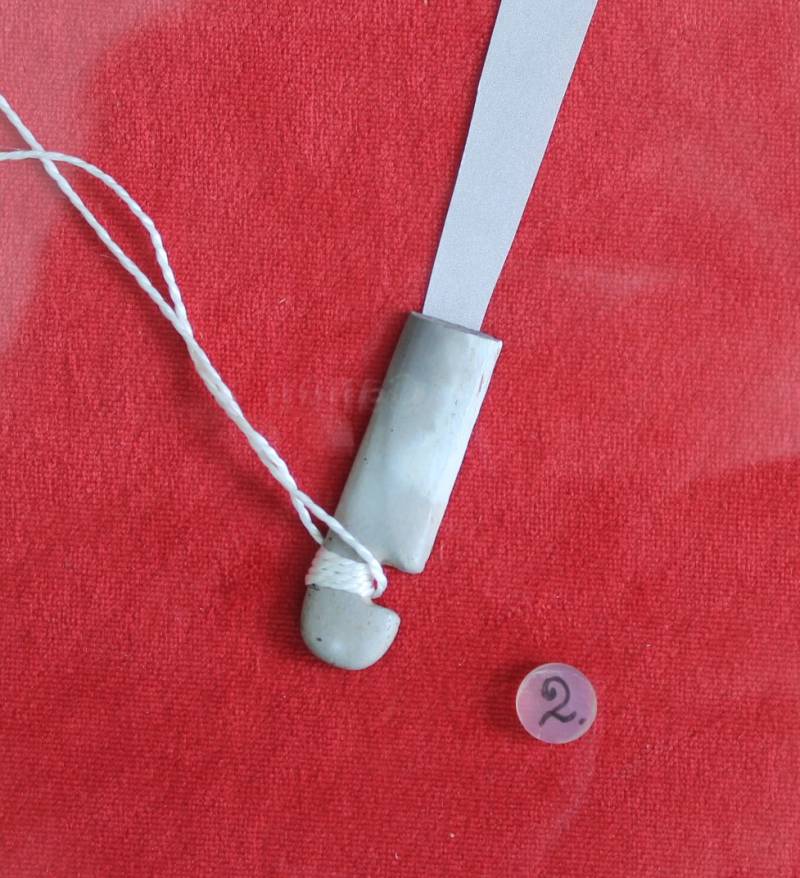
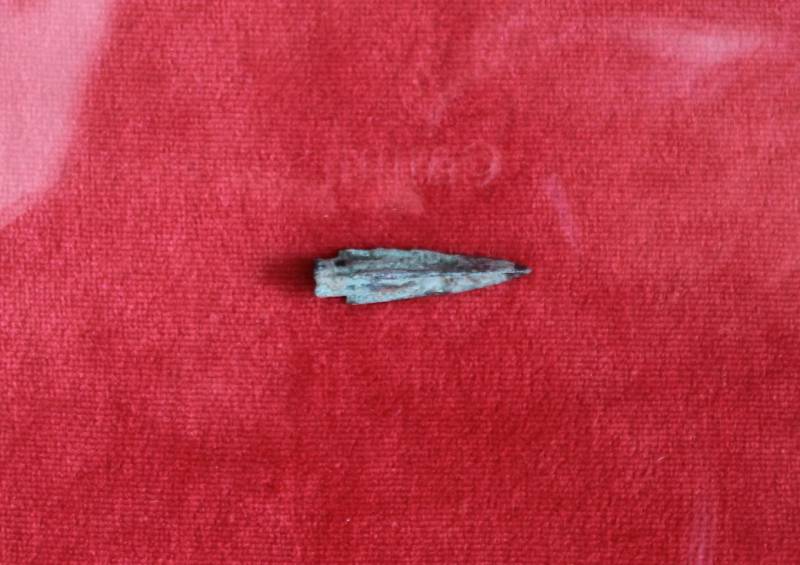
Information